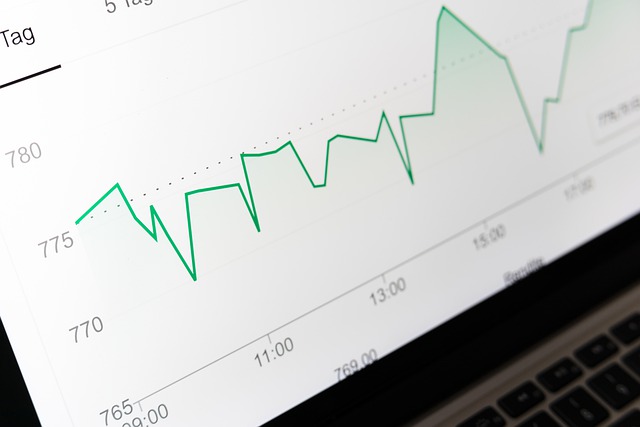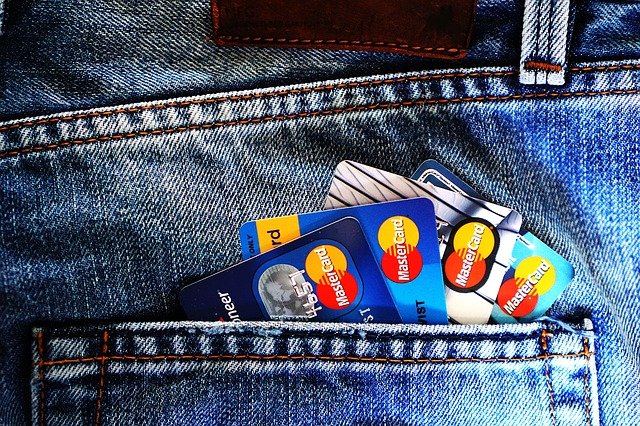A credit score, which ranges from 300 to 850, represents a person’s creditworthiness. The higher borrowers’ scores, the better they appear to prospective lenders. A credit score is determined by numerous factors, including the number of open accounts, overall debt levels, payment history, and credit history. Lenders use credit scores to determine the likelihood that a borrower would make timely loan repayments (credit information details are included in the consumer’s free CIBIL score).

How Does a Credit Score Work?
Your credit score might dramatically impact your financial life. It is particularly important in determining if a lender will provide you credit. For instance, subprime borrowers are often those with credit scores below 640. To compensate for the additional risk, lending institutions frequently charge higher interest rates for subprime mortgages. They might also require a co-signer or a shorter payback period from applicants with poor credit.
Individuals who can view your free cibil score on your credit report are as follows:
- Property owners
- Creditors
- Lenders, both from non-banking and banking institutions
Significant Sections in a CIBIL Report
- Credit summary: This part includes information about the types of credit accounts and your past credit history. Account information is typically broken down into categories, including revolving accounts like credit cards, instalment accounts like auto loans, real estate accounts like home loans or loans against property, and any collection accounts.
- Account History: The information about your credit accounts is all contained in this area. It will contain details such as the name of the lender, the type and sum of credit you borrowed, your account number, the date the account was opened, the date of your most recent payment, the account balance, and a monthly history of your payments (often for up to three years).
- Public Records: This section lists significant financial blunders in the past and present. This includes bankruptcy filings or criminal arrests. Pay close attention to this section, figure out what went wrong, and make sure you do not repeat the same mistakes.
- Credit Inquiries: Credit inquiries identify the instances in the past two years when other parties have viewed your free cibil score in your credit report. It counts as an inquiry every time a lender analyses your credit record. Although you can access all credit queries, lenders or financial institutions might only have access to a tiny cross-section.

How is Credit Score Computed?
Several factors impact your final CIBIL score. They are –
Your Credit History (which accounts for 35 per cent of your score): Your ability to repay all your debt will determine how well your entire payback record has performed. Make sure you pay off all your credit promptly because the payback is highly prioritised.
Your Credit Utilization and Balance (which account for 30% of the score): The entire credit at your disposal and the amount that has already been used are discussed in this section. Your credit utilization ratio is significant, determined by the balance owed on your loans or credit cards. You will be viewed as a hazardous borrower if you have used the majority of the credit that has been authorized. A healthy ratio of 30% indicates that you have only utilized 30% of your available credit.
Your credit use length (which accounts for 15% of your score) relates to the period for repayment and quick payback within that period. Your score will be positively impacted if you have effectively and responsibly repaid the credit you borrowed over a longer payback period.
Your Recent Credit (which accounts for 15% of your score): Your score is affected each time you apply for credit. This could reference any loans or credit cards you intend to apply for. Too many credit inquiries give the impression that you are credit-hungry to lenders, which lowers your credit score.
Your credit mix (which accounts for 10% of your score): A balanced credit portfolio should always include secured and non-secured loans and short-term and long-term credit. You will, therefore, have a good WIDE credit mix if you have a personal loan without collateral, a credit card, and a home loan. People who understand the difference between FD vs RD will be able to invest accordingly, improving their finances and furthering their credit score.
Steps for Determining CIBIL Score Check Online
Step 1: Visit the official CIBIL website at https://www.cibil.com
Step 2: Choose “Get your CIBIL Score.”
Step 3: To obtain your free Annual CIBIL Score, click on “Click here.”
Step 4: Enter your email address, password, and name. Include identification documentation (passport number, PAN card, Aadhaar, or Voter ID) and then input your PIN, birth date, and phone number.
Step 5: Select “Accept and go.”
Step 6: An OTP will be sent to your cell phone. Enter the OTP and then click “Continue.”
Step 7: Click “Go to dashboard” to access the credit score checker.
Step 8: The website myscore.cibil.com will be redirected to you.
Step 9: After logging in, choose “Member Login” to view your CIBIL score.
KEY HIGHLIGHTS









